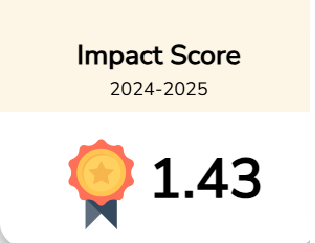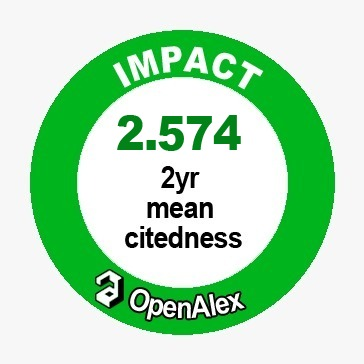Evaluating the impact of demographic characteristics on residential mortgage default risk: Evidence from Lebanon
Downloads
Purpose: This study aims to examine the relationship between borrower's demographic characteristics and default risk in mortgage loans to help financial institutions develop more effective lending policies.
Design/Methodology/Approach: Cross-sectional data were elicited from randomly selected 6743 individual accounts from Lebanese housing banks. This study applied the binary logistic and stepwise regression models to analyze the dataset using the Stata statistical software. Model diagnosis is performed using the Hosmer-Lemeshow goodness of fit test, likelihood ratio test, model accuracy classification table and statistically significant test-ROC curve.
Findings: The findings revealed that there is a significant relationship between residential loan default risk and borrower’s marital status, nature of job occupation, job economic sector, job location and loan purpose. The performance of the binary logistic regression analysis demonstrates the overall percentage who is correctly classified is 91.61%.
Conclusion: The log odds of default risk for widowed borrowers are about 90 percent higher than those of divorced borrowers and that of self-employed borrowers is about 54 percent higher than that of employed borrowers. Borrowers working in the banking and real estate sectors have lower default rates than borrowers working in other economic sectors. In addition, loans granted for renovation purposes have the lowest default rates compared to loans provided for purchase, under-construction and construction purposes.
Practical Implications: The empirical results help financial institutions to have early warning signals in detecting financial distress and to differentiate between a high- and low-risk group of borrowers, helping in the development of tailored risk mitigation strategies and adjusting the lending criteria.





